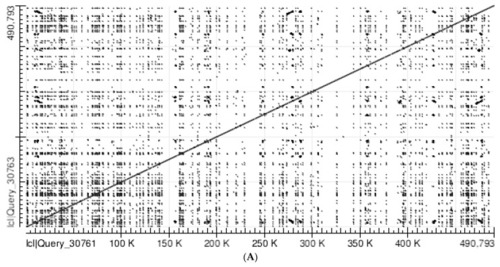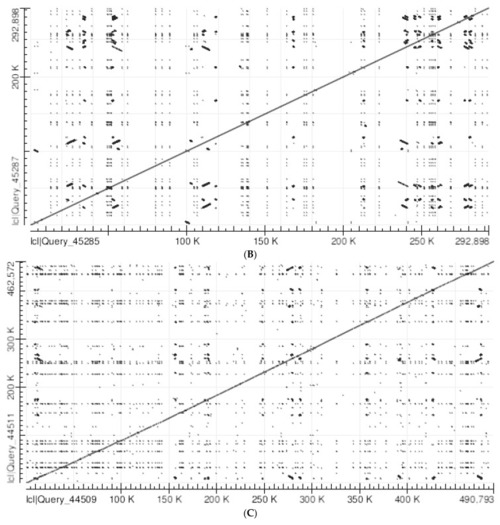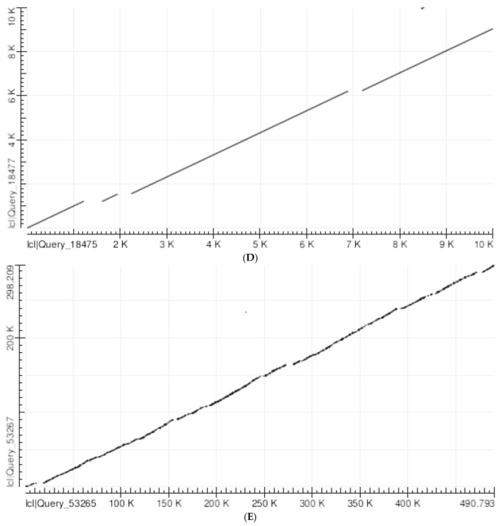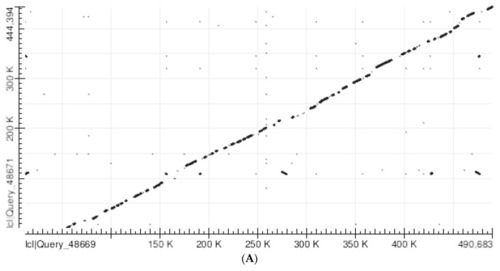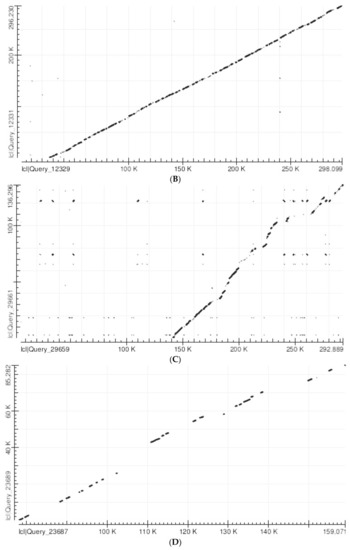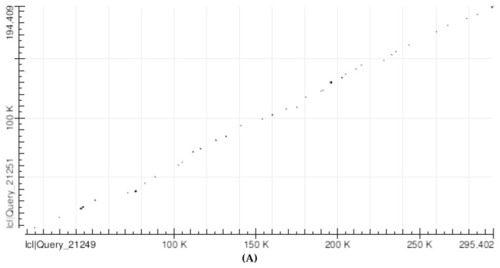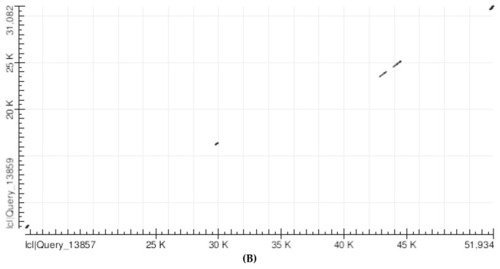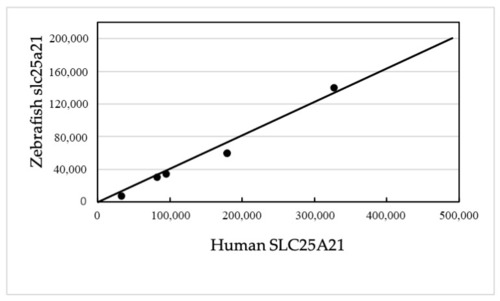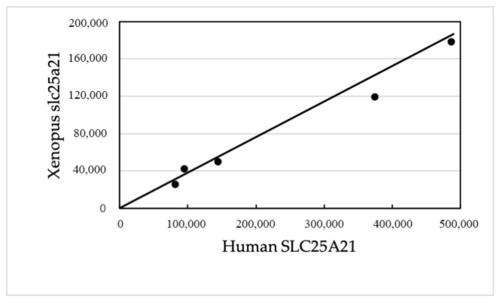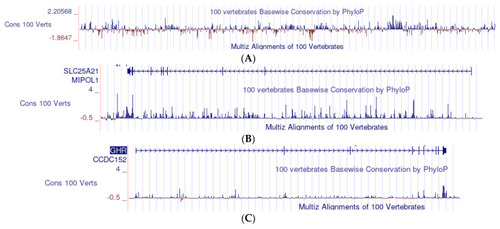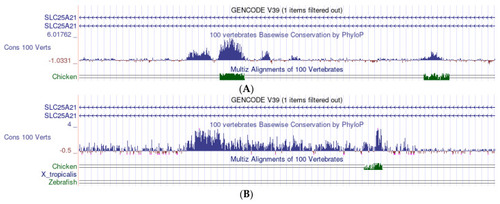- Title
-
Imaging Intron Evolution
- Authors
- Panaro, M.A., Calvello, R., Miniero, D.V., Mitolo, V., Cianciulli, A.
- Source
- Full text @ Methods Protoc
|
( |
|
( |
|
( |
|
( |
|
( |
|
( |
|
( |
|
Abscissa: Human SLC25A21 (490,793 nucleotides). Ordinate: Zebrafish slc25a21 (200,517 nucleotides). The matching points significantly align along the diagonal from the lower left corner to the upper right corner. Aligned nucleotides = 1022 over 200,517, i.e., 0.51%. |
|
Abscissa: Human SLC25A21 (490,793 nucleotides). Ordinate: Xenopus slc25a21 (187,108 nucleotides). The matching points do not correspond to TEs and significantly align along the diagonal from the lower left corner to the upper right corner. Aligned nucleotides = 846 over 187,108, i.e., 0.45%. |
|
( |
|
( |

